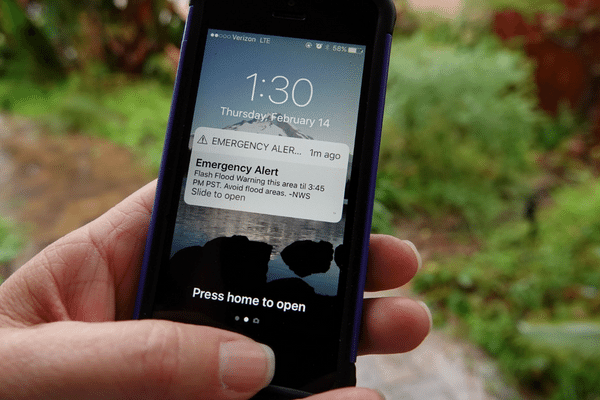When disaster strikes, every second counts; it’s essential for businesses to have an emergency communication system that can alert employees immediately.
Businesses should establish an emergency communication plan that outlines how employers will send critical information, and what type of communication channels to use, and who will be sending safety alerts. Emergency alert systems allow businesses to implement their communication plan with real-time two-way communication and automatic safety notifications . This system will enable companies to send warning alerts and instructions on what to do in an emergency.
Here’s why you should consider an emergency communication system for your business.
How Can Alert Systems Improve Crisis Response?
Communication is essential at every stage of an emergency from beginning to end. With the help of technology, companies can notify employees of any crisis, from natural disasters, a kitchen fire, or an active shooter.
Rapid Response
During an emergency, businesses can’t afford to waste time; pre-written emergency messages allow companies to notify their team immediately. Businesses can customize their templates with safety procedures or evacuation routes to inform their employees on how to proceed in an emergency.
Multi-Channel Communication
Sending mass notifications across multiple channels ensures employees can receive safety alerts and react immediately. Emergency communication systems send messages through email, voicemail, text, mobile app notifications, and social media.
Two Way Communication
Employees can respond to safety alerts through a two-way response system, enabling businesses to identify employees in need of assistance. This crucial information is shared with first responders to help employees evacuate the building or receive medical attention. Emergency alert systems allow companies to keep track of employees’ well-being during and after an emergency.
How To Implement An Emergency Communication System
Create an Emergency Committee
Select a few administrators within your company to be responsible for implementing your emergency communication plan. Your crisis admin team should be accountable for sending mass notifications, communicating with employers during a crisis, and sharing critical information with first responders.
Update Contact Information
Decide what communication channels work for your organization and then compile your employee’s contact information. According to Business Continuity Central, 28% of business are confident their contact information is correct. Make sure to keep an updated file of your employee’s cell phone number, office location and email address.
Training
All employees must know how to communicate in an emergency. Businesses should offer training on alert systems to show customers how to use the mobile app. This training will reduce fear and help employees feel secure about what to do in an emergency.
Safety Drills
Host quarterly safety drills to educate employees on how to respond to emergencies. Practicing your emergency response plan helps administrators identify weak spots and make adjustments. Companies should educate staff on evacuation routes, communication plans, and safety procedures.
Click here for more information on WellCheck Emergency Management Software for Business.


